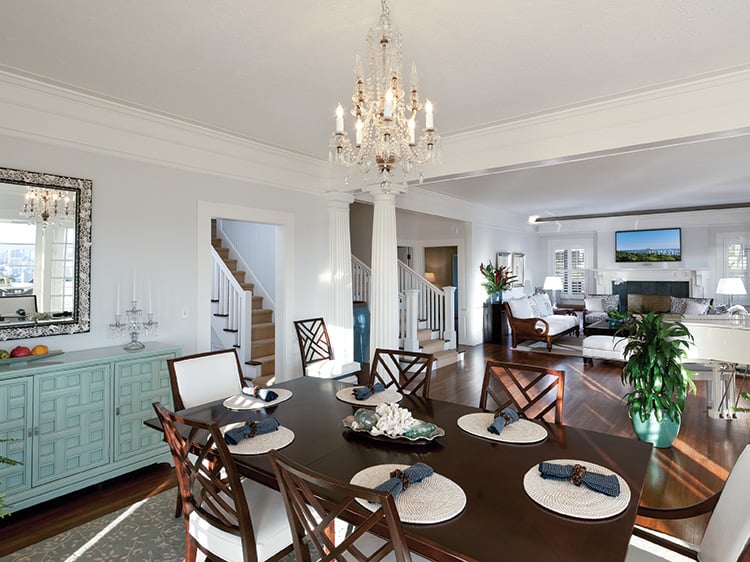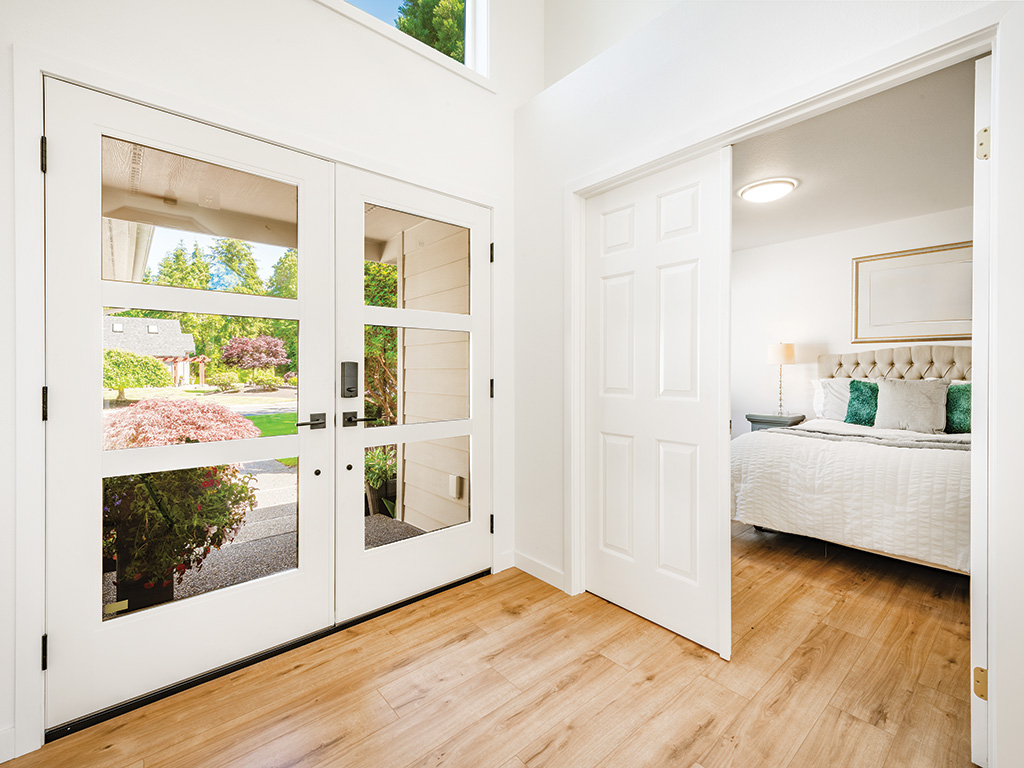Historic Interiors Require Rehabilitation and Protection
Without preservation, the stories of Hawaii’s classic homes might be lost forever.

Historic preservation is about maintaining and protecting the significance of buildings, sites, objects, landscapes and districts. And, along with being essential to safeguarding a property’s unique character, the process encourages sustainable economic, educational and cultural benefits.
While facades and building exteriors are often preserved over the years, the interiors of older buildings are sometimes altered to the point where they’re no longer recognizable or even compatible with their structures’ original designs.
The preservation and protection of historic interiors is a complex challenge and evaluating an interior’s historic significance and determining the best treatment for it can be a bit obscure. The interior of a building typically takes a backseat to the exterior when it comes to artistic and historic importance. Despite that, interior spaces are just as essential to a building’s integrity. A floor plan with its applied finishes can collectively define the legacy of a building and can tell the story of why it was constructed.
According to the U.S. government, rehabilitation, when referring to historic preservation, is “the act or process of making possible a compatible use for a property through repair, alterations, and additions while preserving those portions or features which convey its historical, cultural, or architectural values.” Additionally, the government says, a rehabilitated property will be used as it was historically, or will be given a new use that requires minimal change to its distinctive materials, features, spaces and spatial relationships.
Here are some tips to consider for your historic interior:
1. Research your property and put together its story. Find out when your property was constructed and who built it. Who previously owned or occupied it? What interior alterations were made since its original construction?
2. Identify the property’s historical period of significance and list its character-defining features.
3. It is important to find a balance between rehabilitating your property to ensure its story is not lost and making it resilient enough to meet modern demands. The essential form and integrity of the historic house should remain, whether elements are added or removed.
The Hobron/Lai residence, a colonial revival-style home in Pacific Heights that was built in 1916, recently underwent a major renovation and more. Local architectural firm Fung Associates Inc. took on the project, which had to meet both the owners’ needs and comply with historical preservation guidelines.

An intricate piece of the original main house was restored and modified to support the home’s current modern-day family. In the 1930s, the Lai family, owners of Metronome Music, used treble clef wood paneling for the home’s speaker doorbell housing, reflecting their love of music. That intimate piece of history has been preserved: It now serves as the covering for a new electric panel box.
Historic homes are physical records of times and places long past, and preserving them, both inside and out, allows future generations to learn their stories.
McKenna Furuta is a LEED Green Associate at Fung Associates Inc. and the current president of the American Society of Interior Designers Hawaii Chapter.
Editor’s Note: This article has been slightly modified from the original print version for optimal online reading. To view the full print story, pick up your copy of Hawaii Home + Remodeling at one of our partner locations.






